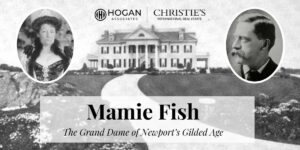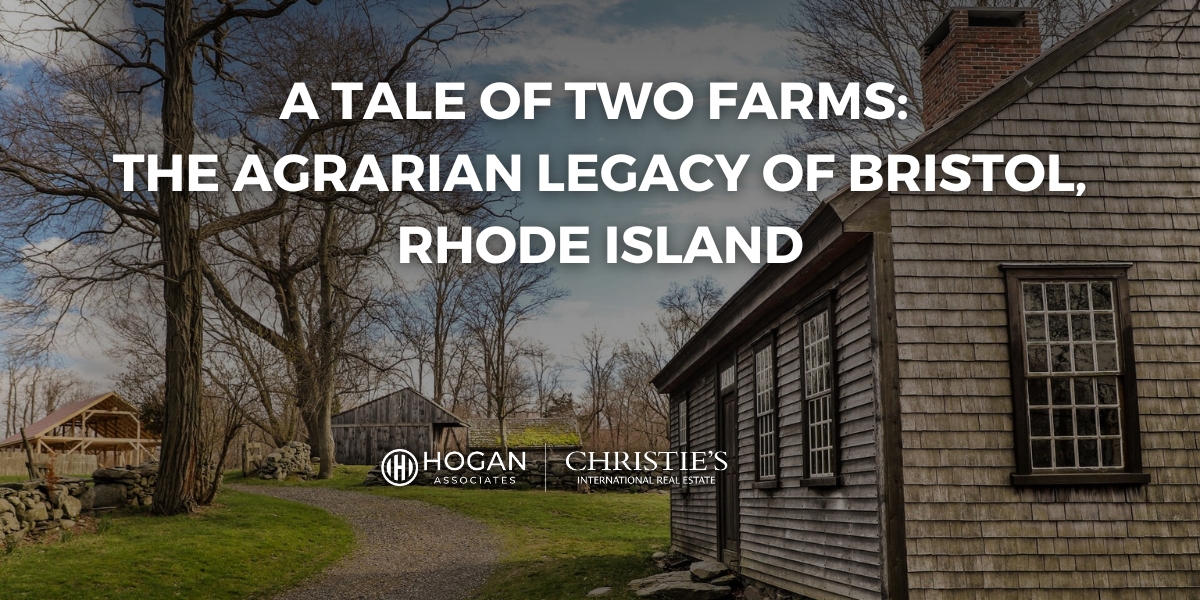
Set along the shores of Narragansett Bay, Bristol, Rhode Island is a lively coastal town known for its rich history, close-knit community, and beautifully preserved landmarks. Famous for hosting the oldest Fourth of July celebration in the U.S., Bristol blends small-town charm with a lively arts scene, outdoor activities, and a welcoming atmosphere that draws both residents and visitors year-round. Located just a couple miles from Bristol’s charming downtown, you’ll find two historic farms that tell the tale of an earlier agricultural era. Mount Hope Farm and Coggeshall Farm Museum are not just remnants of the past but vibrant destinations where visitors can explore and learn about the region’s rich history and agricultural heritage. Residents of Bristol, RI take great pride in their historic farms, cherishing them as vital links to their community’s identity. Let’s take a closer glimpse into the past at these two farms.
Mount Hope Farm
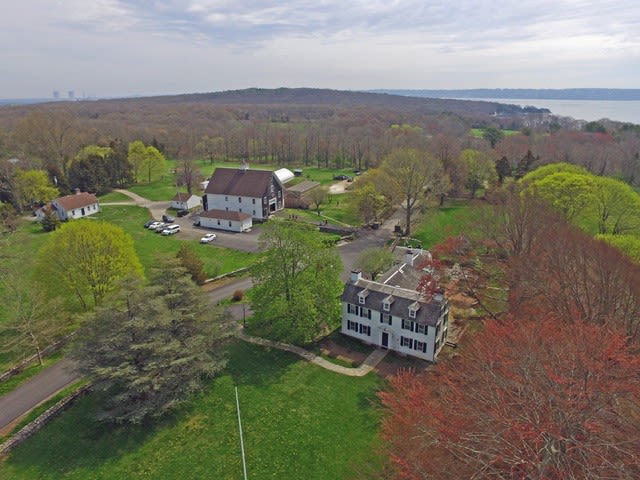
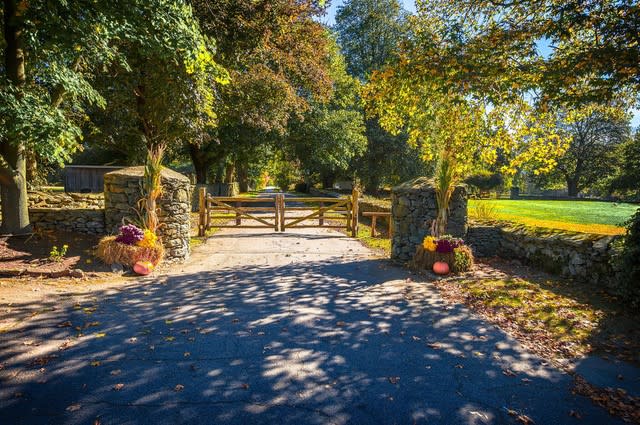
Mount Hope Farm’s journey begins in 1680, following King Philip’s War. Four Boston merchants, including Nathaniel Byfield, seized the opportunity to acquire the Mount Hope land. Some say the original Mount Hope Farm was much larger than the 127-acre farm it is today – perhaps as large as 366 or 746 acres. Byfield held onto the property for a short while before passing it on to his son-in-law, Colonel Henry MacKintosh, in 1702. The land eventually landed in the hands of Isaac Royall Jr. through his marriage to Elizabeth, MacKintosh’s granddaughter.
Isaac Royall Jr., a wealthy colonist and Loyalist known for holding high offices and investing in real estate, constructed the initial section of what was to become the iconic Governor Bradford House in 1745. It consisted of four rooms in the traditional Georgian style that focused on symmetrical, rectangular shapes. Royall reveled in his family’s fortune and enjoyed living a luxurious life. He imported dishes from China and bought silver from Paul Revere. When the Revolutionary War reached Rhode Island 30 years later, Royall, Jr. fled to England, where he died of smallpox seven years later.
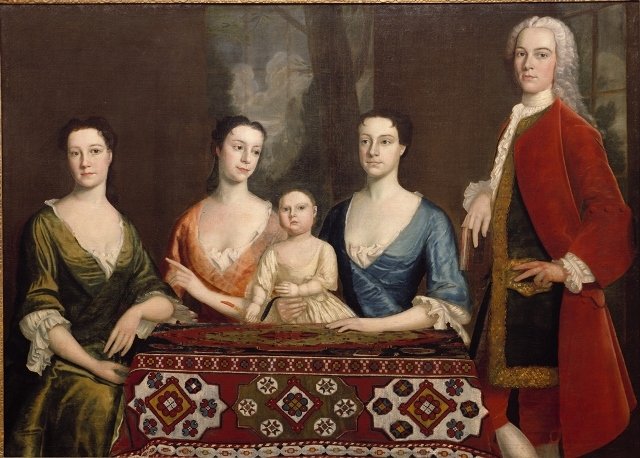
From Status Symbol to Working Farm
After Royall, Jr.’s death, the State of Rhode Island confiscated the property, and it briefly ended up in the hands of Nathan Miller, a Brigadier General and member of the Continental Congress, before being sold at auction to William Bradford, a descendant of Plymouth Colony Governor William Bradford.
The Bradford family transformed the estate into a working farm and raised livestock. They also made significant additions to the mansion, reflecting the evolving architectural styles of the time. From being the last Deputy Colonial Governor, the first Deputy Governor of Rhode Island, a member of the General Assembly, and a United States Senator, Bradford had an illustrious political career. After retiring, he returned to Bristol to live on his farm to tend crops and care for his livestock.
Following Bradford’s death, Samuel Church purchased the farm and estate in 1837. He created a model farm and expanded the mansion twice. Church wasn’t just interested in the estate, he wanted to see the farm prosper, and that it did! It’s believed that Church is responsible for many of the improvements in the home and for creating the look we enjoy today. Even after he moved his large family of 12 to a larger house in Poppasquash, he continued to grow corn, and potatoes, and make butter at Mount Hope Farm.
Sadly, the house fell into disrepair until Rudolf F. Haffenreffer II purchased the property in 1916. The Haffenreffers were well-known in the area for their business sense and saved many businesses from closing including the ship-building Herreshoff Manufacturing Company and the post-Prohibiton iteration of Narragansett Brewery. The family even owned the Mount Hope Bridge from 1931-1953 when the Mount Hope Bridge Company went bankrupt during The Great Depression. The Haffenreffers donated 220 acres to Brown University in 1955. This is now the Haffenreffer Museum’s Collections Research Center.
Mount Hope Farm was listed on the National Register of Historic Places in 1977. In 1999, it was acquired by The Mount Hope Trust in Bristol, a nonprofit organization dedicated to preserving its historical and agricultural heritage. Today it’s open to the public and has trails, walking paths, and a year-round farmer’s market. You can even stay in one of three guest houses on the property, including the Governor Bradford House.
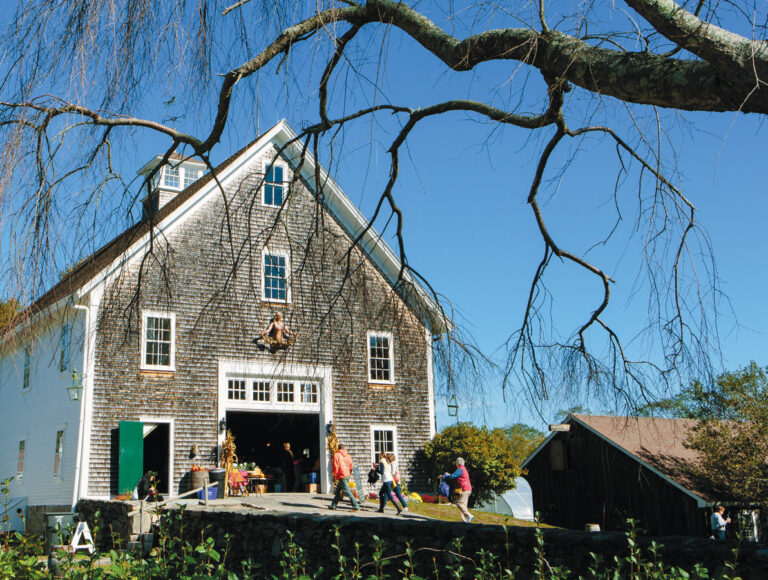

Coggeshall Farm Museum
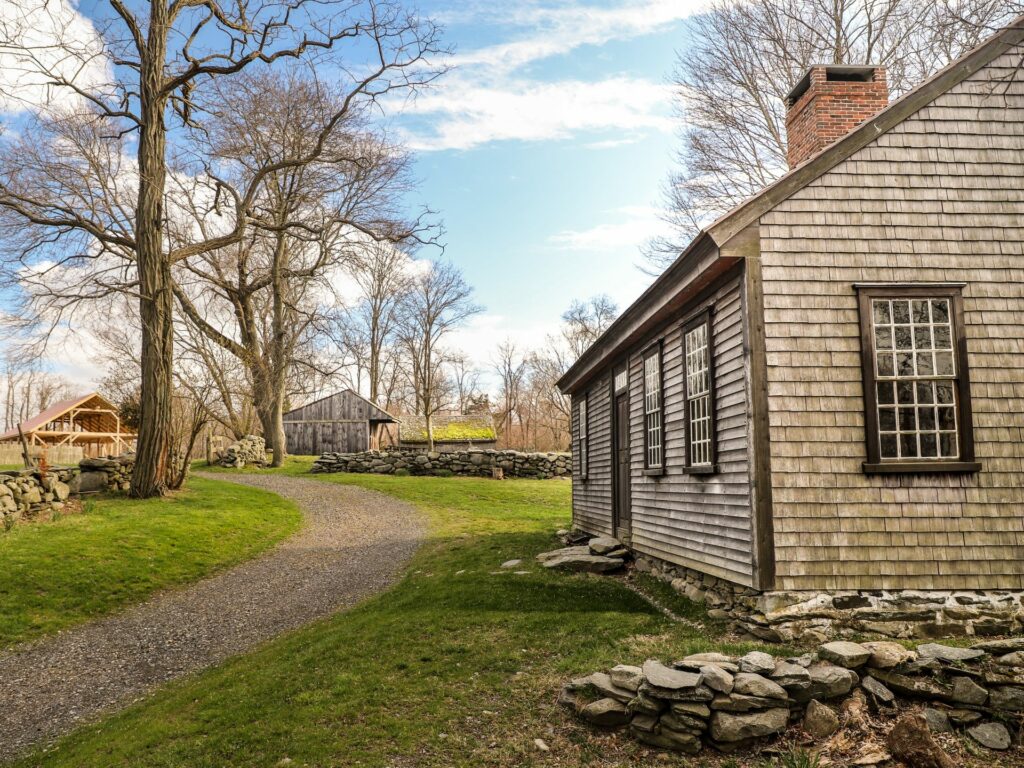
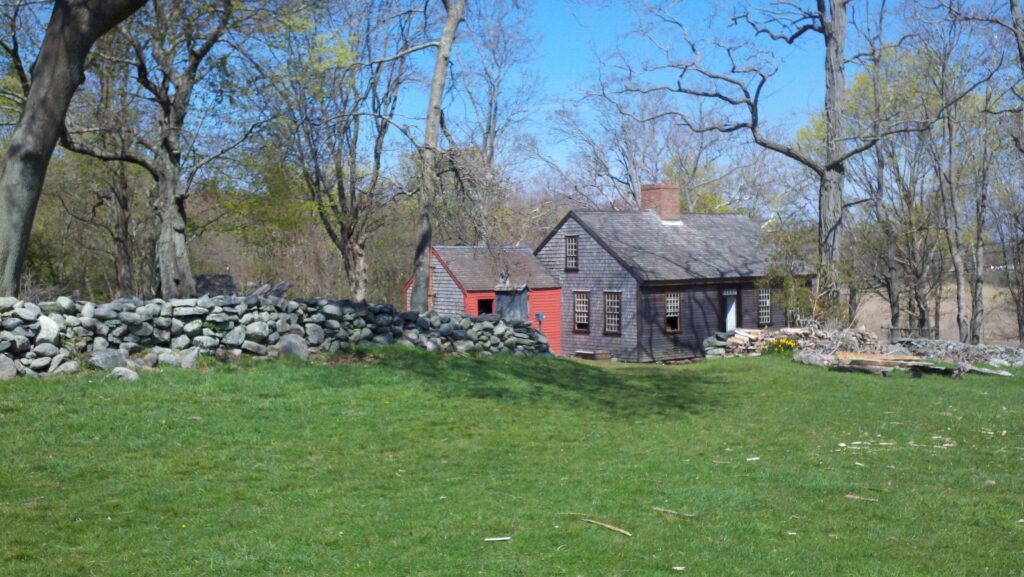
Coggeshall Farm Museum lies within Colt State Park’s forty-eight acres in Bristol, Rhode Island. This living museum breathes life into the past, showcasing the evolution of a farm from its agricultural roots in the 18th century to a place of historical learning today.
Samuel Viall acquired the farmland in 1723. By 1799, he built a small Georgian farmhouse that stands there today. The home and land passed through family members until Wilbour and Eliza Coggeshall became tenant farmers there in the early 1800s. Their life was one of hard work, cultivating crops and raising livestock to make ends meet while paying rent to the landowner. Their son, Chandler Coggeshall, however, went on to achieve great things. A prominent politician, he even played a role in founding Rhode Island College of Agriculture and Mechanic Arts (now the University of Rhode Island) further highlighting the deep connection between agriculture and Rhode Island’s development.
Eventually, industrialist Samuel Pomeroy Colt, nephew of famed firearms maker Samuel Colt, acquired the farm and built a vast estate, consolidating several smaller properties. While the focus likely moved away from self-sufficient farming to support the grand estate, the core agricultural practices remained relevant. He built a summer home, The Casino, on the property, where it stood until it was demolished in the 1960s after falling into disrepair from a fire years earlier.
Colt’s will stipulated that the public should always have access to the farm, and despite his heirs’ attempts, the land was successfully preserved. Fast forward to 1965, and the Colt Estate, including the Coggeshall Farm property, became Colt State Park. Recognizing the historical significance of the farmhouse, the Bristol Historical Society fought to preserve it. Their efforts paid off, and in 1973, the Coggeshall Farm Museum was born. Today, Coggeshall Farm Museum thrives as a non-profit organization. Costumed interpreters bring the farm to life, demonstrating traditional agricultural techniques and showcasing the tools used by generations of Rhode Island farmers.
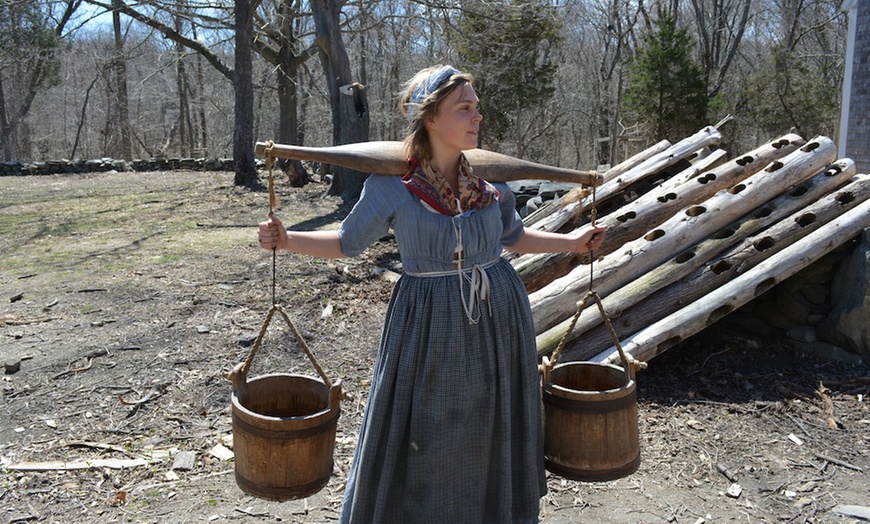
A Legacy That Endures
Both Mount Hope Farm and Coggeshall Farm Museum offer unique perspectives on Bristol’s agricultural heritage. While Mount Hope Farm showcases a grand estate and its evolution, Coggeshall Farm Museum delves into the daily realities of 19th-century farm life. Together, they paint a vivid picture of the region’s agricultural history, a legacy that continues to shape the landscape and identity of Bristol today.


Both Mount Hope Farm and Coggeshall Farm Museum offer unique perspectives on Bristol’s agricultural heritage. While Mount Hope Farm showcases a grand estate and its evolution, Coggeshall Farm Museum delves into the daily realities of 19th-century farm life. Together, they paint a vivid picture of the region’s agricultural history, a legacy that continues to shape the landscape and identity of Bristol today.
So, lace up your walking shoes, pack a picnic basket, and embark on a journey through time at these two exceptional Rhode Island farms. You’ll leave with a newfound appreciation for the land, its history, and the generations of farmers who have stewarded it.
Bristol, RI, is located in a region rich with fascinating history. Discover more captivating stories on our blog here:
Related Blogs

Prominent Families Who Shaped Poppasquash Point

Renfrew Park: Summer Sanctuary for Elite Families
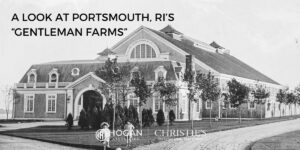
A Look at Portsmouth, RI’s “Gentleman Farms”

Exploring Newport, Rhode Island’s Historic Districts
